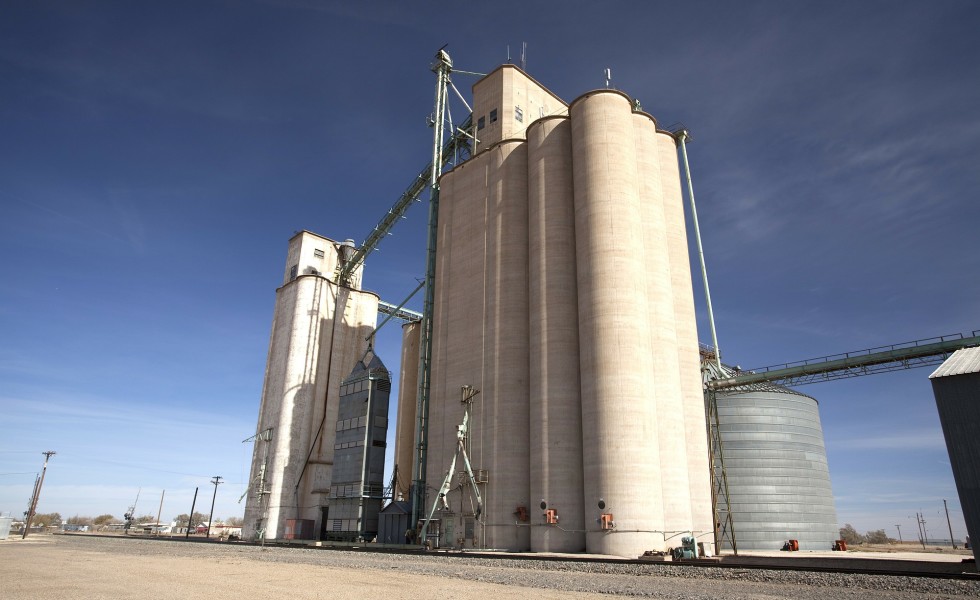In the Long Run It’s, Well, a Long Run
Posted on March 14, 2019

One of the oldest theoretical constructions in economics declares that in a perfect market, short term profits and losses eventually even out so that, in the long term, all profits are zero.
Famed 20th century English economist John Maynard Keynes gets credit for restating this jargon-rich theory into clear, concise language when, in 1923, he wrote, “In the long run we are all dead.”
Keynes, who evidently didn’t believe in commas, wasn’t trying to be clever, says Simon Taylor, himself, like Keynes, an economist and faculty member of University of Cambridge. In fact, as Taylor explains in a 2013 blog post, Keynes was just trying to encourage his bland, statistics-stuffed fellow economists to be bold in their bland, statistics-stuffed forecasts.
The full Keynesian quote, offers Taylor, better explains the concept. “The long run is a misleading guide to current affairs. In the long run we are all dead. Economists set themselves too easy, too useless a task if in tempestuous seasons they can only tell us that when the storm is past the ocean is flat again.”
No one can accurately predict the future; certainly no economist can. Still, Keynes is spot-on when he admonishes all, including you and me, that it’s “too easy, too useless a task” to “…only tell us that when the storm is past the ocean is flat again.”
That picture came to mind when plowing through the trove of 10-year market and income forecasts the U.S. Department of Agriculture (USDA) released Feb. 14. (All will be included in USDA’s more detailed “Agricultural Projections to 2028” report to be released March 13.)
For example, USDA forecasts 2019 net farm income at $77.6 billion and, in 2028, pegs it at $79.5 billion, which also is guessed to be the highest income year in the coming decade. As such, USDA sees just a $1.9 billion growth in net farm income over the coming10 years—with a few cork bobs along the way.
Now that’s a flat ocean.
The breakout numbers that compose the net income projections do, however, imply some “tempestuous seasons” ahead. For example, under “Direct Government Payments,” USDA economists forecast annual taxpayer support dropping from 2018’s, mitigation-boosted $13 billion to $9 billion in 2023 and rising again to $14.4 billion in 2028.
That means $1 in every $5 in net farm income earned by farmers and ranchers 10 years from now will come from taxpayers.
Just as worrisome is how USDA sees U.S. ag trade 10 years out. In the coming decade, USDA estimates that the international soybean market will grow 25 percent yet U.S. soybean sales will capture only one-third of the global growth. And, too, while the global corn market will increase by 20 percent, U.S. corn exports will rise by just 11 percent.
These are not good numbers if your domestic ag policy almost entirely depends on international exports to deliver year-in, year-out profits.
The decade-long forecasts for other key commodities are equally disconcerting. For example, dairy shows slowly building stocks and slow-growing prices; hog and beef prices are seen as flat; cotton prices remain under 80-cents; and wheat prices never top $5.50 per bu. all decade.
Perhaps the only good news here is that all 10-year economic forecasts—especially ones like USDA’s that predict specific commodity prices a decade out—are rarely accurate.
They are, however, benchmarks of what will happen short of an even harder-to-predict political or weather event that will drive global and domestic ag markets in directions no one can foresee.
But that’s where U.S. farmers and ranchers find themselves today: at the mercy of unpredictable short term, farm-altering events that will play an overly large role in their long term success or failure.
Is there any other sector of the U.S. economy that all but requires—and indeed has designed and funded ag policy that institutionalizes—cataclysm to play the largest role in year-to-year profitability and long term success?
Turns out that Keynes was on to something; we’ve got a flat-ocean ag policy that only really works during tempestuous seasons.
© 2019 ag comm
Share This